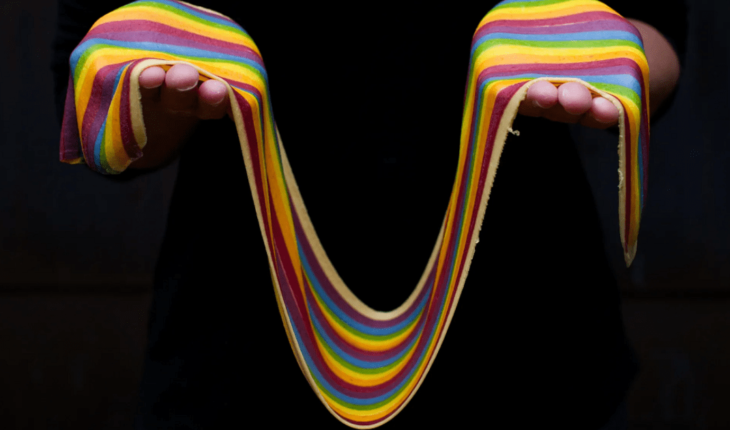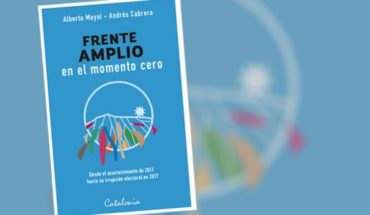The beginning of this story is known: A mother tries different methods to incorporate more vegetables into her five-year-old’s diet, which tends to reject any green dish. The amazing thing is the solution. Linda Miller Nicholson, from Seattle, USA, is a fan of pasta since she was a girl and for several years she lived in Italy, where her passion for amassing took high flight. When faced with the challenge of the fussy mini-diner, he decided to add to the dough of his ravioli, noodles and cannelloni the proportion of vegetables he wanted to add to his son’s daily menu. And it’s not that he started to serve him spinach tapes: With a lot of dedication, he invented different designs to make the dishes more entertaining and tempting. Thus was born its trademark: In its account of Instagram @saltyseattle, Linda has more than 265,000 followers who can not believe what they see.
Raviolis in the form of mini burgers, cannelloni with flowered surfaces, ribbons of all colors of the rainbow, Moñitos with the flag of his country, Garganelli with star print, Scottish lasagna; The list goes on forever. Per week, use approximately 13 kilos of flour 00 and get the eggs from your own henhouse. Everything for particular production, since it does not market any of its creations to the public, except in the case of some special orders or of the alliance with marks and means to communicate its work. According to his page, “Each development usually takes several hours of preparation and could not put a competitive price for sale”, besides that it still cooks from home, which could result in some legal inconvenience.
How do you get the vibrant colors in your pasta? Using natural ingredients of intense tones, such as beet, matcha, paprika, harissa sauce, carrots, peas, chard, turmeric, charcoal, among others. With your hand for the artisan design and a well made dough, all the dishes look perfect raw, which is how they usually appear in their Instagram. But what happens when they get into the pot? The key, he says, is to make a well-finite mass and boil it fresh, so that it requires a very short cooking and does not generate a considerable impact on the shape and color of the pasta. Some of the “natural dyes” that are best kept after cooking are spinach, parsley, turmeric root, harissa sauce and charcoal.
Besides being an influencer of carbohydrates, Linda teaches workshops in her “Pasta Studio”: The inscriptions are on this website (more than anything if you live in Seattle, of course). He also published a book titled Pasta, Pretty Please, which details 25 recipes to make masses and 33 techniques to give them special shapes, as well as the steps to make fillings and sauces. It is achieved in Book Depository (arrives to Argentina) at $1200 and is available for Kindle on Amazon. In this note:
translated from Spanish: Technicolor Pasta: The incredible creations of an American cook
May 16, 2019 |





